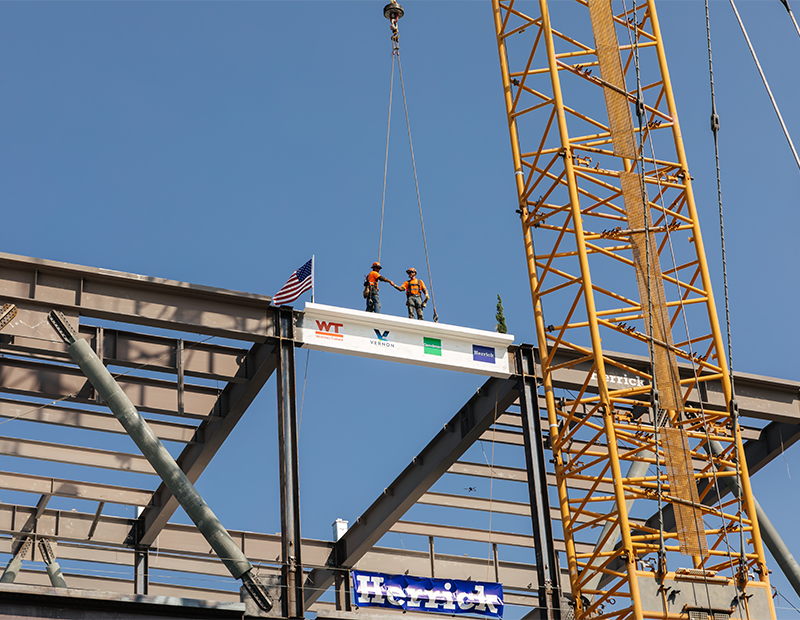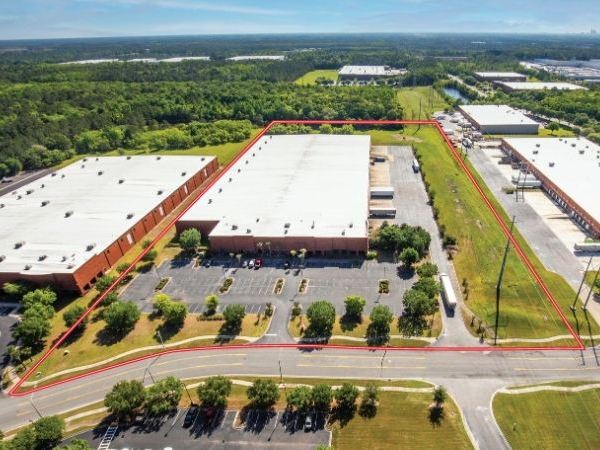Construction Slump Likely to Linger
The American Institute of Architects' monthly Architecture Billings Index indicates that activity has yet to rebound from its pandemic-induced decline.
The American Institute of Architects’ most recent Architecture Billings Index rose from 29.5 in April to 32 in May, offering a bit of good news amid a mostly gloomy forecast for the U.S. architecture industry. The month of May brought a slowdown in the rate of decline in services provided by architecture firms, but the rate remains devastatingly low, leaving the industry in the throes of struggle.
READ ALSO: Top 5 Markets for Office Construction Activity
Given that any figure below 50 indicates a decrease in billings, May’s score confirms that most architecture firms continued to experience a drop in billings for the third month in a row. The decline in project inquiries and design contracts persisted, albeit at a slower pace, recording respective index scores of 38 and 33.1. And with skittish clients reluctant to commit to new work, the value of new signed design contracts held at near-record lows.
In a prepared statement, Kermit Baker, chief economist with the American Institute of Architects, noted that much of the design and construction industry remains mired in steep cutbacks in the current climate of economic uncertainty. And while there are growing signs of a pickup in activity in some areas, others are seeing a pause amid continuing pandemic concerns.
Regional & sector distinctions
The four regions of the U.S. were on equal footing in May in that they all saw the vast majority of their architectural firms experience an unrelenting softening of business conditions for yet another month. The West logged a regional average of 36 on the ABI, continuing its lead among the four regions. The South and the Midwest scored 30.6 and 29.7, respectively, and the Northeast maintained its position as the most burdened, with a score of 25.1.
In terms of activity among the various property sectors, firms specializing in institutional projects remained the least impacted, with the month-over-month decline in billings leaving the institutional sector in the top position at 35.7 on the ABI. Residential rose just a tad on the Index to 34.8, edging closer to institutional’s ABI score. The commercial/industrial sector saw the steepest drop, decreasing from 27.8 in April to 24.8 in May.
Talking it out
Architecture firms may be encumbered by the current snail’s pace of business, but they are still looking ahead to life beyond the coronavirus. AIA found a notable number of surveyed firms have already had conversations with clients about the inevitable change in facilities’ needs in the post-pandemic built environment, with 37 percent having discussed design or strategies with current or potential clients. Forty-four percent of these conversations centered on the retrofitting of existing buildings, 45 percent involved talks of both retrofitting and new building designs and 11 percent focused solely on new buildings. Additionally, with 28 percent of respondents having conducted preliminary conversations on the post-pandemic built environment—albeit without addressing specifics—the total segment of firms that have at least broached the issue is a notable 65 percent.
With a lead time of roughly nine to 12 months, AIA’s monthly ABI serves as an economic indicator for commercial construction activity. The association plans to release the June index on July 22. AIA isn’t making predictions for the future, but its experts highlight the possibility of a change among regional indicators. The Northeast, which was hit the hardest by the temporary halt to construction, may begin to see its woes lessen ever so slightly in June, as construction projects have widely been permitted to resume. But with the numbers of coronavirus cases rising in various locations across the country once again, detailed projections are veritably impossible to make.






